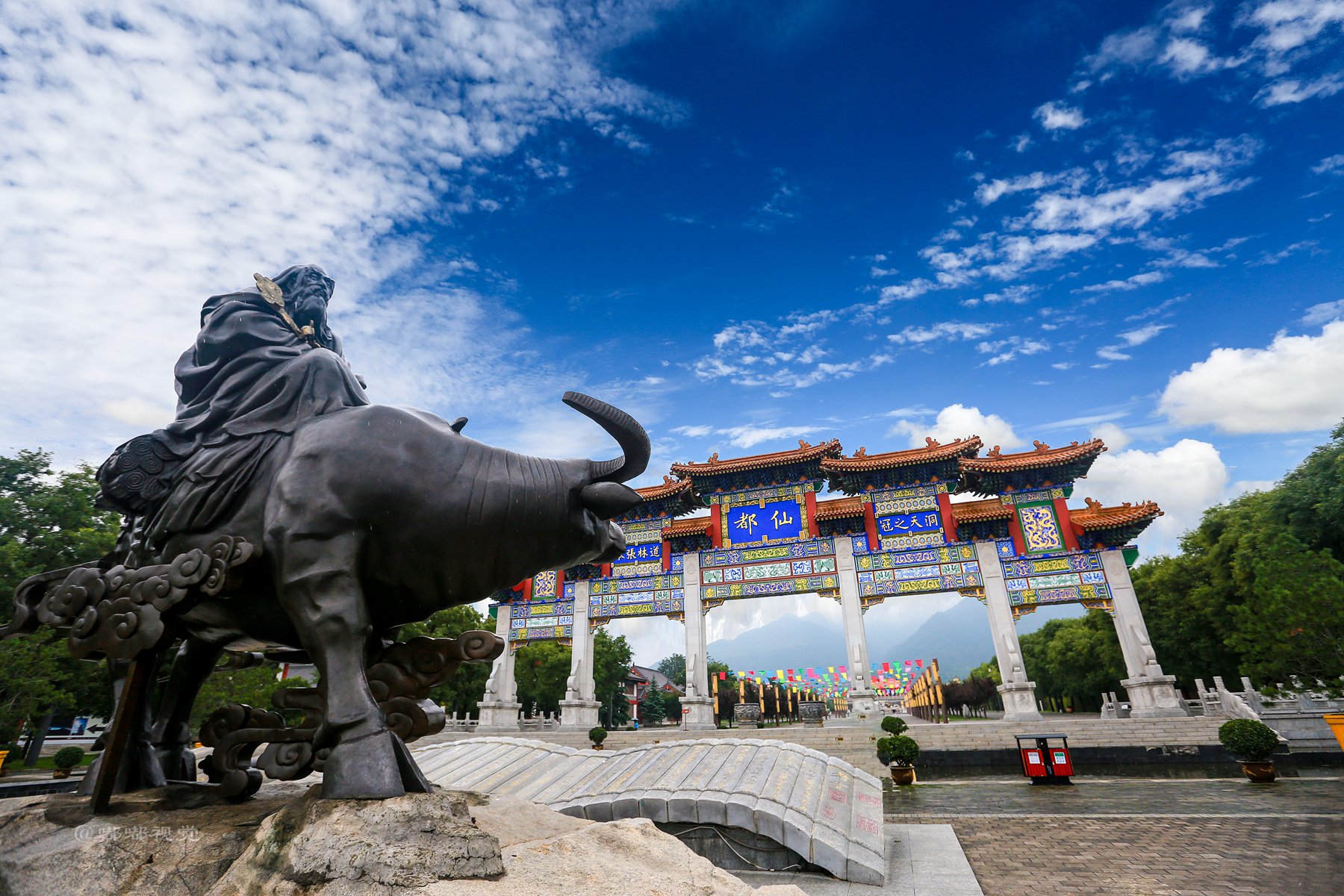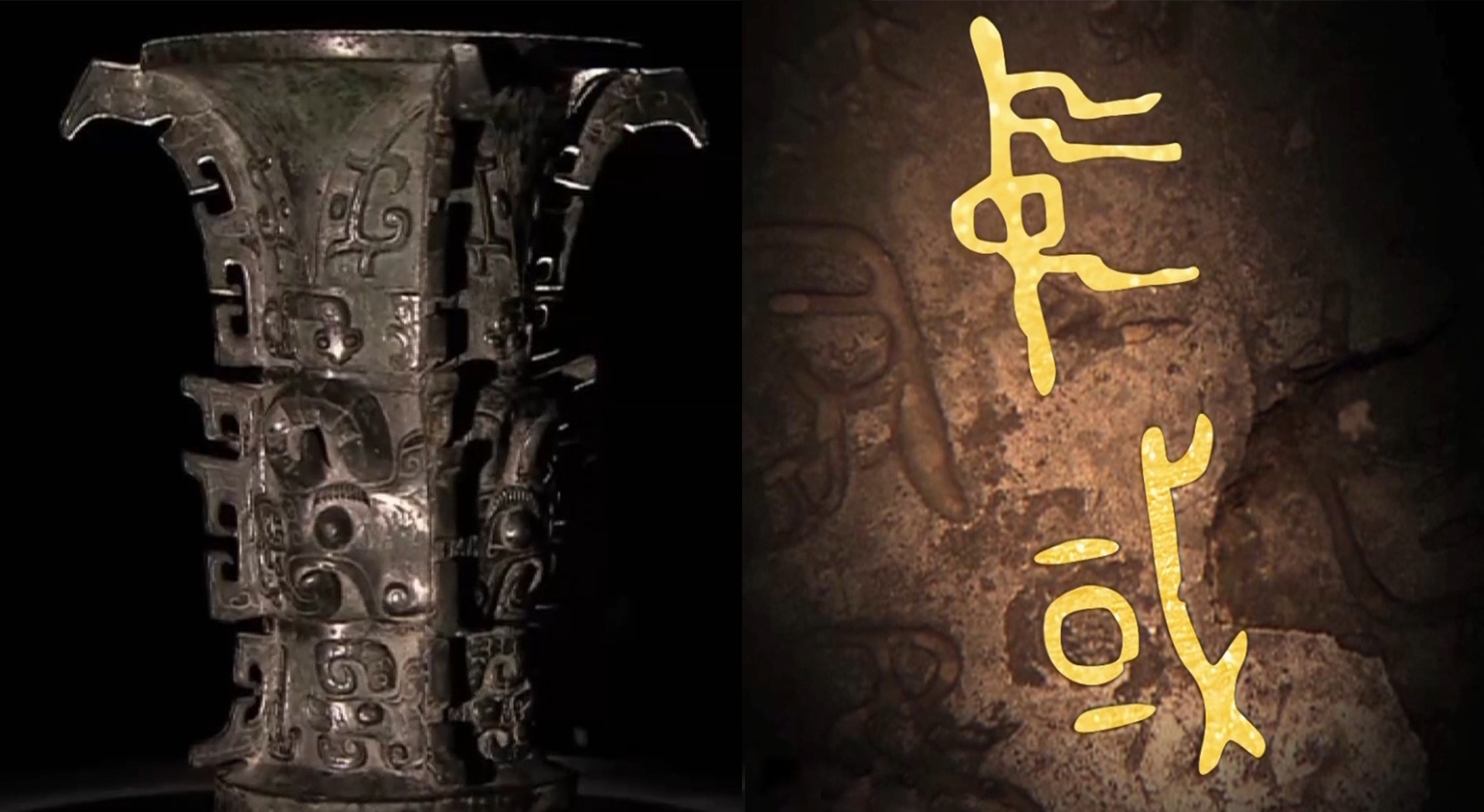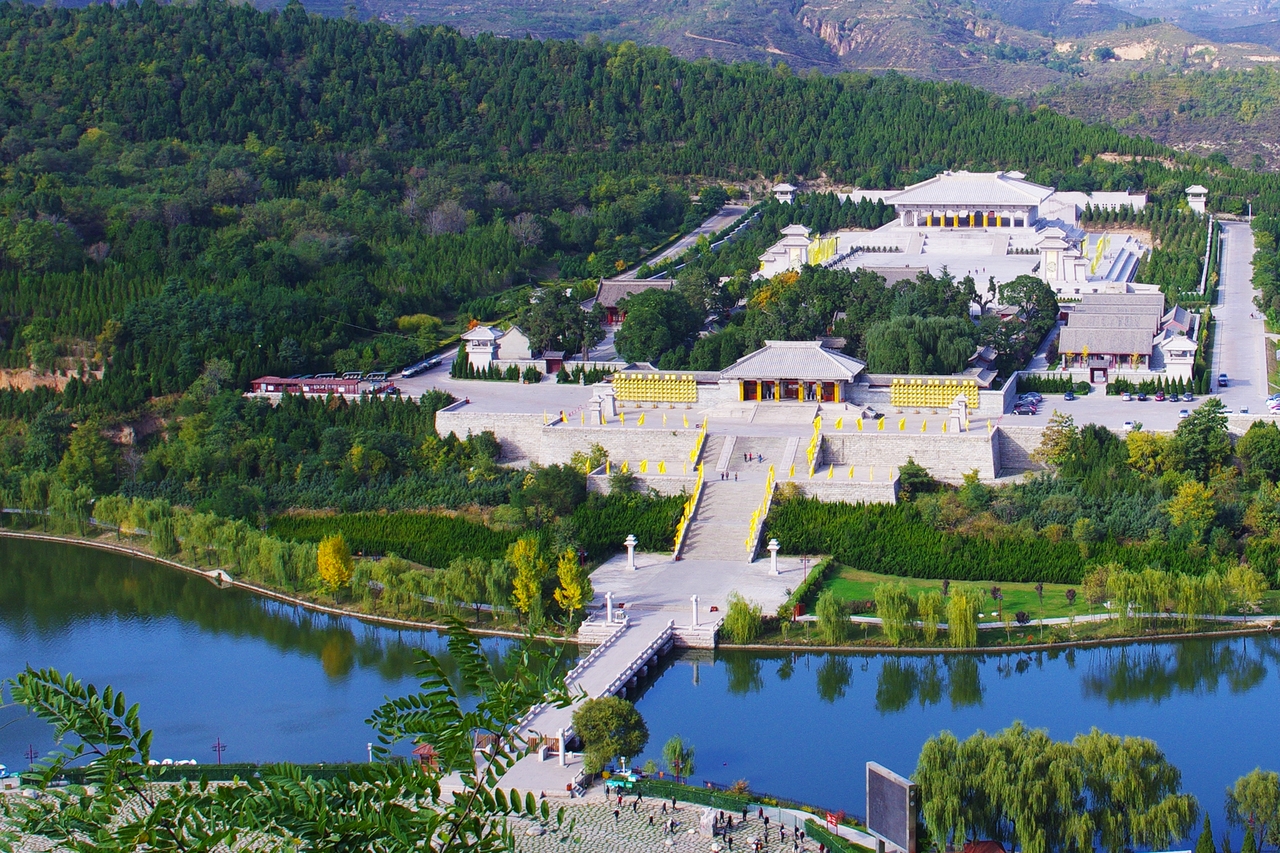
Deutsch-Chinesische Enzyklopädie, 德汉百科
 Shaanxi Sheng-SN
Shaanxi Sheng-SN



 Chinesisches Nationalmuseum
Chinesisches Nationalmuseum

 Art
Art

 Art
Art
 CD - Chinese Art 11th Century BC - 771 BC
CD - Chinese Art 11th Century BC - 771 BC

 Art
Art
 *Chinese bronze art
*Chinese bronze art
 Shaanxi Sheng-SN
Shaanxi Sheng-SN

Guo Ji Zi Bai pan (chinesisch 虢季子白盘, Pinyin Guó Jì Zǐ Bái pán) ist ein rechteckiges chinesisches Bronzegefäß vom Gefäßtyp pan aus der Zeit der späten Westlichen Zhou-Dynastie. Das Gefäß hat eine Länge von 130,2 cm, ist 82,7 cm breit und 41,3 cm hoch. Es ist eines der größten Bronzegefäße aus dieser Zeit. Es wurde in der Daoguang-Zeit der Qing-Dynastie in Guochuansi (虢川司), Baoji, Provinz Shaanxi, ausgegraben und befindet sich heute in der Sammlung des Nationalen chinesischen Museums für Geschichte.
虢季子白盘,是西周时期的一件大型青铜器,中国国家一级文物,现收藏在中国国家博物馆。铭文共111个字,大致上为四字一句,为韵文。[3]铭文记述了周宣王十二年(公元前816年)虢季子白在洛河北岸大胜猃狁(匈奴的先祖),杀死五百名敌人,活捉五十名俘虏,宣王举行隆重的庆典表彰他的功绩,赏赐了马匹、斧钺、彤弓、彤矢。虢季子白特制造此盘来纪念这件事情。这段铭文,见证了西周初年的分封制确实起到了“以藩屏周”的重要作用[4]。
汉水,又名汉江、襄河,是长江的主要支流之一。北以秦岭、外方山和伏牛山与黄河分界,东北以伏牛山、桐柏山与淮河分界,西南以大巴山、荆山与嘉陵江、沮漳河分界,于汉口汇入长江;全长1 577km,流域面积15.9万km2。
Der Han-Fluss oder Han Jiang (chinesisch 漢江 / 汉江, Pinyin Hàn Jiāng), auch Han Shui (Han Wasser) (漢水 / 汉水, Hàn Shuǐ genannt) ist mit 1.532 km der längste Nebenfluss des Jangtse.


 *Chinese culture of alcoholic beverages
*Chinese culture of alcoholic beverages
 Akoholgefäß
Akoholgefäß
 *Chinesisches Ritual
*Chinesisches Ritual
 Baoji Bronze Museum
Baoji Bronze Museum

 Art
Art
 *Chinese bronze art
*Chinese bronze art
 Shaanxi Sheng-SN
Shaanxi Sheng-SN




Das Mausoleum des Gelben Kaisers (chinesisch 黄帝陵, Pinyin Huangdi ling, englisch Mausoleum of the Yellow Emperor / Yellow Emperor's Mausoleum) befindet sich auf dem Qiaoshan (桥山) im Kreis Huangling der chinesischen Provinz Shaanxi. Es heißt, der Gelbe Kaiser (Huangdi) - der als gemeinsamer Vorfahre aller Han-Chinesen verehrt wird[1] - sei in Xinzheng, einer kleinen Stadt in Zhengzhou, der Hauptstadt von Henan, geboren und im Mausoleum des Gelben Kaisers begraben.
 History
History
 Religion
Religion
 Economy and trade
Economy and trade
 Geography
Geography
 Architecture
Architecture